The New IndyCar Is Gorgeous

IndyCar’s long overdue makeover is just a few weeks away.
Once its new champion is crowned at Sonoma Raceway on September 17th, its teams will head back to their shops and start the process of removing the ugly, unloved aero kits from Chevy and Honda that adorn the spec Dallara DW12 chassis.
After they’re stripped, dozens of DW12s will be prepped and fitted with the gorgeous new spec bodywork that will take the series into at least 2020 before new shapes are considered.
The changes, driven mostly by a need to increase IndyCar’s visual appeal, have hit a sweet spot that brings open-wheel tradition forward. The current maze of wings and sheer yardage of extra protrusions - all things that defile a missile-like aesthetic - are headed to a land fill on Sept. 18.
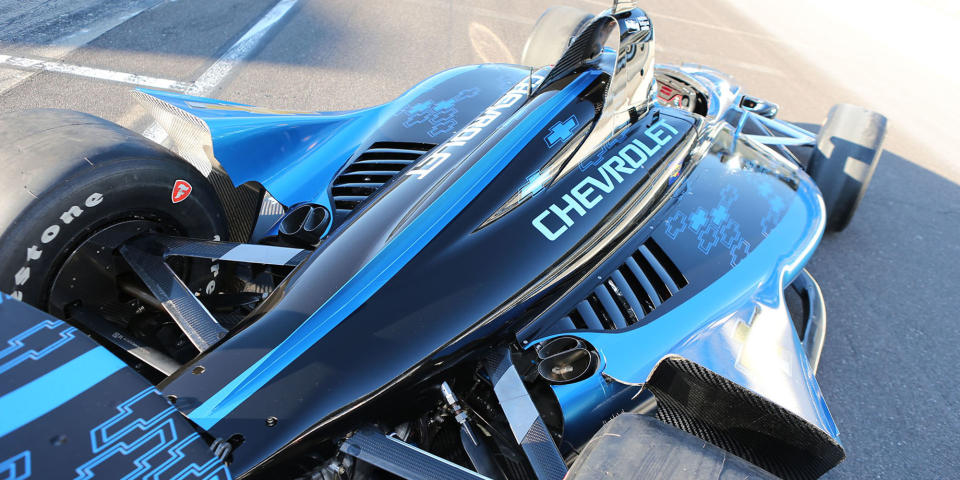
The simplified universal DW12 form, with fewer aerodynamic devices, makes less downforce in road and street course trim, which has made the cars faster and harder to control. And that’s a good thing. Minus the obscene levels of downforce, test drivers Juan Montoya and Oriol Servia have loved the sliding, oversteering, and general aggression needed to keep the 2018-spec DW12s under control.
For Montoya, a two-time Indy 500 winner with multiple victories in Formula 1, NASCAR, Grand-Am, and IndyCar, and Servia, a winner during the heady CART/Champ Car days when ridiculous power and speeds were the norm, the chance to lead the 2018 bodywork testing has brought forth a few revelations.
From their shared experience during open-wheel’s fastest era in the late 1990s and early 2000s, the two are uniquely placed to compare and contrast what’s coming in 2018. And thanks to their utter lack of concern for how their opinions are received, Montoya and Servia were the perfect combo to assemble their 10 favorite aspects of what’s in store for IndyCar when it returns next season.
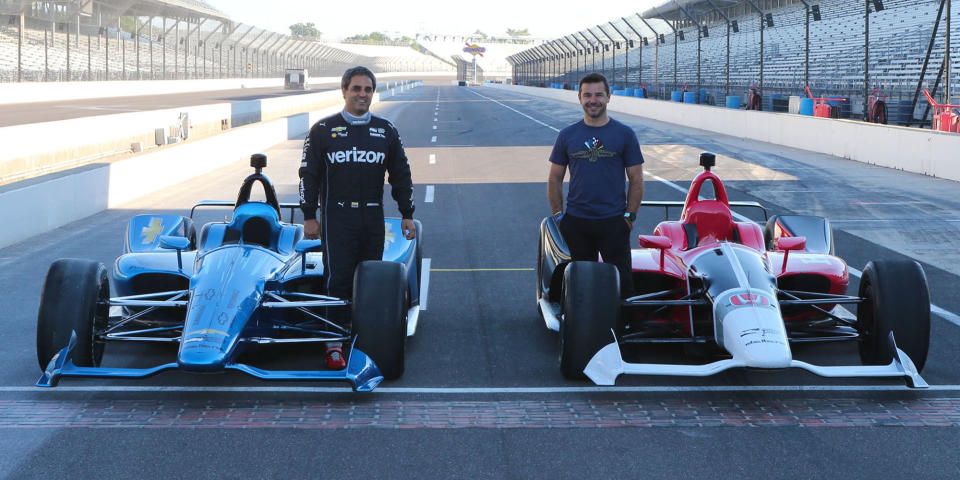
MONTOYA: Number one is getting rid of the rear pods. They have always been ugly. Now it looks like an open-wheel car again. Not having those pods is huge.
(IndyCar and Dallara introduced the DW12 in 2012 with rear wheel guards - a first for any major Indy-style series - to reduce the likelihood of tire-to-tire contact from behind. The theory behind the boxy devices was sound; they would, in theory, keep a pursuing car from launching itself skyward by blocking access to the rear tires. In reality, the butt-like pieces - dubbed “Kardashians” by fans - rarely prevented those launches from taking place. Owing to their proven uselessness, IndyCar dropped them from the 2018 universal package. The decision has also, as Montoya notes, drastically improved the look of the car.)
SERVIA: The oval looks are the best part that I hear from fans every day. I cannot recall a stronger response on social media from everyone who loves the look of the 2018 car. This is important because how long has it been since people, and I mean with a ratio of 99 to 1, have come together to say they have fallen in love with the look of an Indy car? It has been forever, right? We cannot underestimate what a good-looking car means to people, to the drivers, the teams; all the people who want IndyCar to succeed. There is a beauty to this car that has been lacking for many years. As humans, we love beautiful things. It’s natural to be attracted to beauty, and I believe this car can attract more fans.
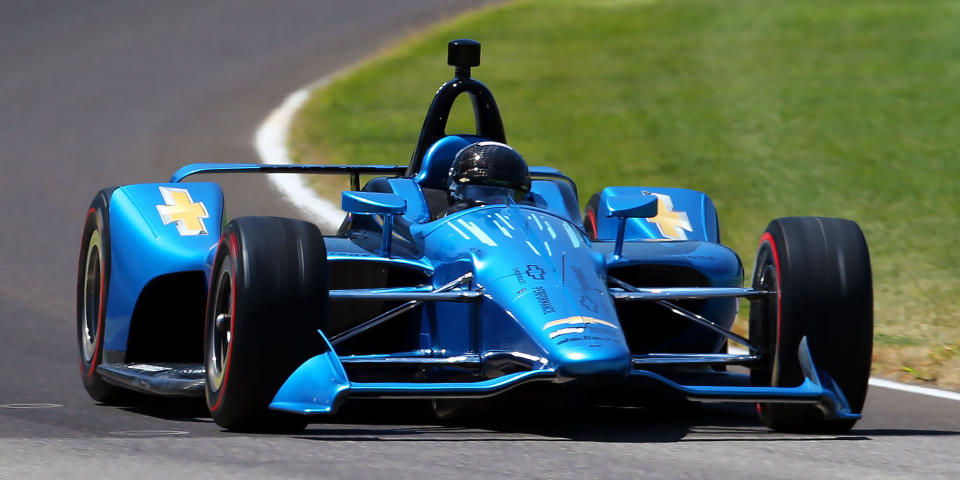
MONTOYA: Having a single aero kit is a plus. Why? Because there’s less excuses. It comes down to teams and who is doing a better job instead of aero kits making everybody with one kit better than the guys with the other kit at some tracks, and the other way around at other tracks. Aero can no longer be the excuse. I don’t think people care if Honda or Chevy have the best aero kit. I really don’t. And it makes the conversation simple for the engine manufacturers. By tradition, at least in IndyCar, it has been car manufacturers competing to see who has the best engine, not car manufacturers fighting each other with aero kits. I think that’s something people will always understand: If your engine is better than mine, and you’re faster and winning more races, people can relate to what better engine performance means. When it’s about aero advantages, I think people just don’t give a crap about the reasons why. People get what horsepower means, and that’s gonna be the only difference to worry about next year when we go to the universal kit.
SERVIA: Science wins. Let me explain. A friend of mine who is an engineer, he was involved in many forms of racing, he had a powerful reaction to a study done by Formula 1 not too long ago where they looked at ways to improve their racing when it had become boring. Their study determined, in their opinion, that reducing the downforce made from all the wings on top of the cars and moving the downforce production more to the bottom of the car - using the underwing more - would not make a difference.
Well, my friends, I’m here to tell you it is totally wrong. The science does not support their finding, which is confirmed by what IndyCar has done with the universal bodywork. IndyCar took away some wings, took downforce away from the top, has made the underwing more important - now it makes a lot more downforce - and Juan Pablo and I have done race simulations and we can follow closer and make more passing attempts. The science is proven here with what IndyCar car done. My friend said it was nonsense what Formula 1 claimed with their study and I can confirm it as a driver. The 2018 IndyCar makes less turbulent air, we can follow closer - easier - because of this, and it will make more passing opportunities. Science wins.
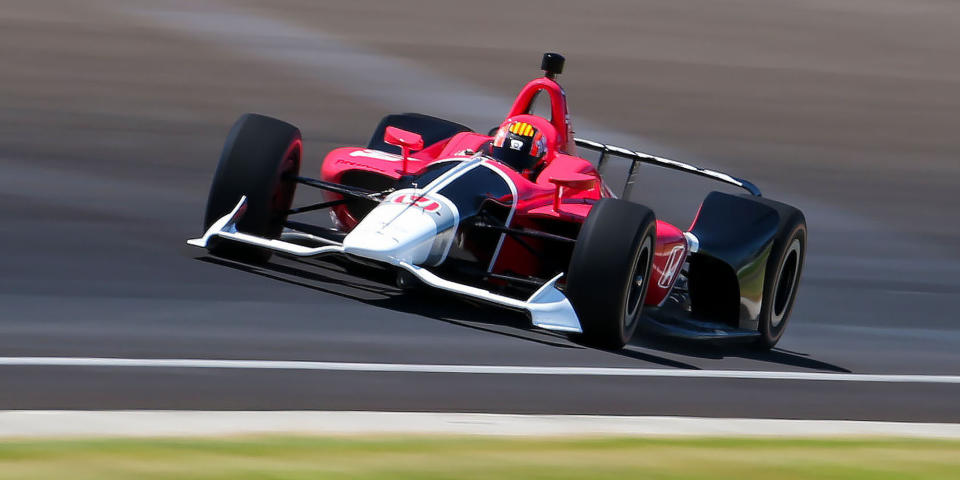
MONTOYA: Changing the formula is definitely a good thing. People are going to see higher top speeds on the road courses and street courses because there’s less downforce holding the car back, so that will put some big numbers on the board. I think 200mph isn’t out of the question for top speeds when we go to tracks with long straights. We haven’t had anything like that since the CART days when we had like 1000hp.
MONTOYA: The weight distribution is better, that’s another one. Taking those wheel guards off the back helped a lot to shift the weight more onto the nose of the car, and that’s what I like. With the weight at the back, you always were fighting the car to get it to turn; it wasn’t natural-feeling when you turned in. With how it is now without the weight swinging the back of the car around, you can be a lot more aggressive into the corners because the rear is settled. Or if it isn’t settled, at least it’s predictable. I know if I throw the thing in too hard, the rear is going to step out, but it’s gonna step out in a way that feels normal. You can attack with this car now. That’s something guys are going to take advantage of so it should be fun to watch.
SERVIA: This is more abstract, but the marketing should be easier for the series and for Chevy and Honda, which is related to what Juan Pablo said about returning IndyCar to an engine-based formula. If we think about technology and what each manufacturer brings to the sport, it was going to be hard to connect whatever they did with aero kits to the latest cars they are selling at the dealers. It’s nice to try and say there was a real relation between IndyCar aerodynamics and learning something to improve fuel mileage on your Chevy or your Honda, but that would have been a marketing ploy. Going away from those kits to the universal bodywork will put the light directly on engine technology, and that’s something I believe everybody will honestly look to both brands and better understand that they are learning, they are improving your street cars with what they take away from competing in IndyCar. That, I would say, it a much easier message to sell.
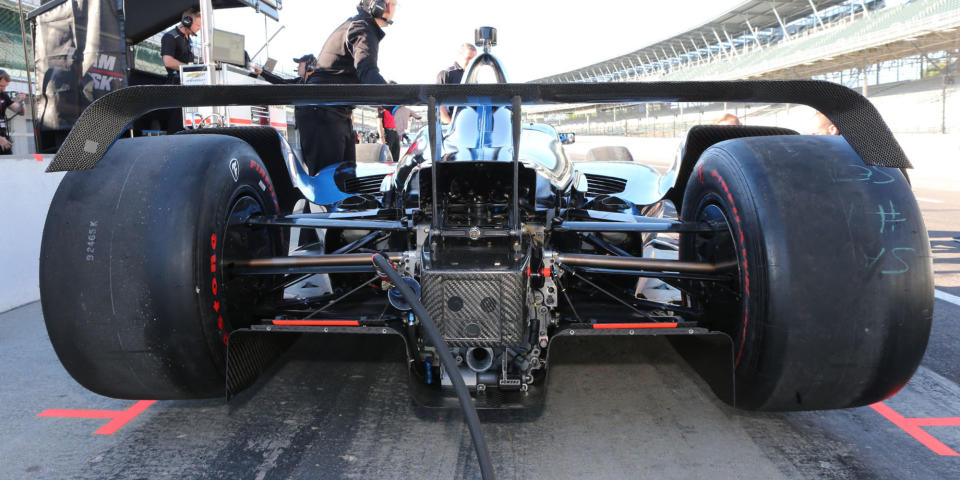
MONTOYA: Taking downforce from the cars on the high-downforce circuits is a really good thing. Look at Iowa where we just tested (on the short 0.875-mile oval with average lap speeds above 180 mph). with the aero kits, I describe it like swinging a yo-yo at the end of a string. You put all that downforce on the cars like they have been and it’s like one constant lap. You’re flat out the whole time, you don’t lift in the corners, and the downforce is what’s really driving the car. It was crazy.
What they’re doing now with the universal car is taking some downforce away, and all of a sudden, you need to actually drive the car in the corners. It’s put the driving back in our hands. And it’s made the cornering take longer because we have to lift, have to judge when to go back to throttle, and you actually accelerate out of the corners like we used to before all this downforce came onto the cars. Now we have to drive and keep the car under control since the aero isn’t doing the whole thing for us. That means some guys will make mistakes, and some guys that aren’t as good as the others will fall behind. I love it.
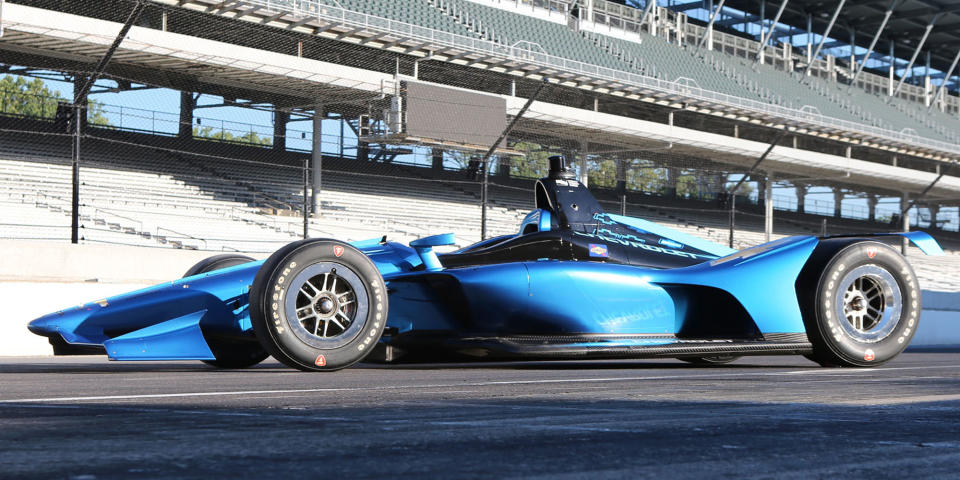
SERVIA: It isn’t the sexiest thing to talk about, but the economics with this change from aero kits to a single universal package is very smart by IndyCar. I can’t say what the specific costs have been, but I’ve read the same reports that say [Chevy and Honda] spent like $10-15 million a year to make their aero kits happen with R&D and all the things that go into developing them. Taking away this big expense should help create interest with other manufacturers; more than just the two we have now, and if you consider how good the 2018 car looks, IndyCar has made much easier for a new manufacturer to join the series. It’s all good things: The looks are amazing and you don’t need to commit tens of millions of dollars to do an aero kit. That’s smart business.
SERVIA: My last thing is energy. There’s energy back in IndyCar with the changing look of the cars. The excitement to see the cars race next year is everywhere. It’s a great time for IndyCar from where I am sitting.
You Might Also Like

 Yahoo Finance
Yahoo Finance 